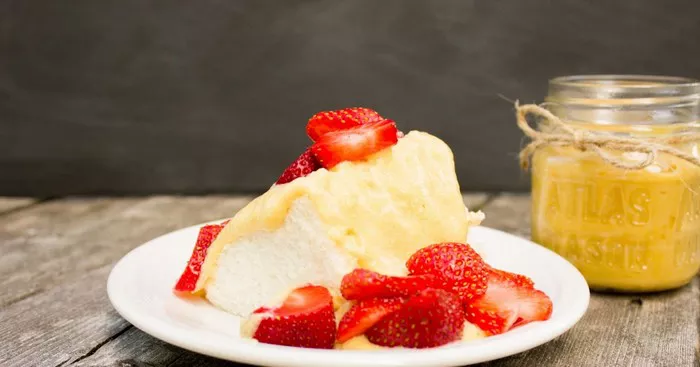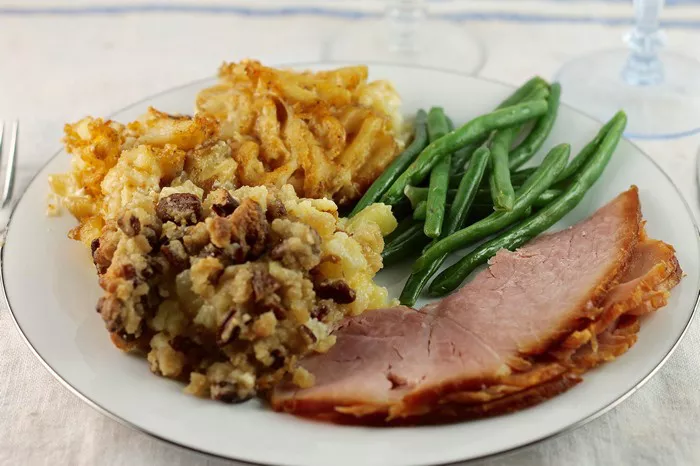Basque Cake, also known as “Gateau Basque,” is a delectable dessert that hails from the Basque region, straddling the border between Spain and France. With its distinctive texture, rich almond flavor, and sometimes filled with pastry cream or fruit preserves, Basque Cake has become a beloved treat worldwide. Perfecting this dessert requires attention to detail and a thorough understanding of the baking process. In this article, we’ll explore six expert tips to help you achieve bakery-quality Basque Cake in your own kitchen.
Choosing the Right Ingredients
The foundation of any exceptional Basque Cake lies in selecting high-quality ingredients. Pay special attention to the following components:
a. Almond Flour: Use finely ground almond flour for a smooth and tender texture. This not only enhances the flavor but also contributes to the characteristic richness of Basque Cake.
b. Butter: Opt for unsalted, high-quality butter to control the salt content in the recipe. European-style butter with a higher fat content can impart a luxurious and creamy texture to the cake.
c. Eggs: Use fresh, room-temperature eggs. Eggs provide structure, moisture, and richness to the cake. Allowing them to come to room temperature ensures better emulsification and a smoother batter.
d. Sugar: Choose fine-grained sugar, such as granulated sugar, for an even distribution throughout the batter. You can adjust the sugar quantity based on your personal preference for sweetness.
e. Vanilla Extract: Use pure vanilla extract to enhance the overall flavor profile of the cake. The addition of vanilla complements the almond flavor and adds depth to the taste.
f. Flour: All-purpose flour is commonly used in Basque Cake recipes. Measure the flour accurately, using the spoon-and-level method to avoid overpacking.
Mastering the Dough
The dough is the heart of Basque Cake, and achieving the right consistency is crucial. Follow these tips for mastering the dough:
a. Mixing Technique: Mix the dough just until all the ingredients are combined. Overmixing can lead to a tougher texture. Use a gentle hand, and avoid excessive stirring.
b. Chilled Ingredients: Some recipes call for chilling the dough before use. This helps solidify the fat (butter) in the dough, preventing it from spreading excessively during baking. Follow the recipe instructions regarding chilling times.
c. Rolling Out the Dough: When rolling out the dough, aim for a consistent thickness to ensure even baking. If the dough is sticky, dust your rolling pin and work surface lightly with flour.
d. Pastry Rings: For a traditional Basque Cake appearance, use a pastry ring or tart pan with a removable bottom. This not only shapes the cake but also aids in removing it from the pan without compromising its structure.
Achieving the Perfect Crust
The crust of a Basque Cake is a distinctive feature, providing a satisfying contrast to the tender interior. Follow these tips to achieve the perfect crust:
a. Egg Wash: Brushing the top of the cake with an egg wash before baking contributes to a glossy finish. Whisk an egg and brush it evenly over the dough, ensuring a beautiful golden-brown color upon baking.
b. Crisscross Pattern: Create the traditional crisscross pattern on the cake’s surface using the tines of a fork. This not only adds visual appeal but also helps the crust develop a slightly crunchy texture.
c. Pricking Holes: Before baking, prick the dough with a fork. This prevents air bubbles from forming during baking and ensures an even surface.
Filling Options and Techniques
While some Basque Cakes are enjoyed plain, many variations include delightful fillings such as pastry cream or fruit preserves. Consider the following tips for incorporating fillings:
a. Pastry Cream: To fill the cake with pastry cream, bake the bottom layer of the dough partially, add the pastry cream, and then top it with the remaining dough. This creates a luscious layer within the cake.
b. Fruit Preserves: Spread a thin layer of fruit preserves, such as cherry or apricot, over the bottom layer of dough before adding the top layer. This not only enhances the flavor but also adds moisture to the cake.
c. Uniform Distribution: When adding fillings, aim for an even distribution to ensure every slice offers a harmonious blend of textures and flavors.
Baking Techniques and Timing
Baking Basque Cake requires precision in terms of temperature and timing. Follow these guidelines to achieve optimal results:
a. Preheating: Preheat your oven to the specified temperature in the recipe. This ensures even baking and helps the cake rise properly.
b. Oven Rack Position: Place the oven rack in the middle position to ensure consistent heat distribution around the cake.
c. Baking Time: Basque Cake typically requires a moderate baking time. Keep a close eye on the cake during the last few minutes of baking to prevent overcooking. A toothpick inserted into the center should come out with a few moist crumbs attached, indicating that the cake is done.
d. Cooling: Allow the Basque Cake to cool completely in the pan before removing it. This helps the cake set and facilitates clean removal without compromising its structure.
Storage and Serving Suggestions
Preserving the freshness and flavor of your Basque Cake involves proper storage and serving techniques:
a. Room Temperature Storage: Basque Cake is best stored at room temperature in an airtight container. Consume it within 2-3 days for optimal taste and texture.
b. Refrigeration for Filled Cakes: If your Basque Cake contains perishable fillings like pastry cream, store it in the refrigerator. Allow the cake to come to room temperature before serving for the best flavor.
c. Slicing Techniques: Use a sharp knife to slice the cake cleanly, revealing its beautiful layers and fillings. Wipe the knife between slices to ensure a neat presentation.
d. Serving Complements Basque Cake pairs wonderfully with a variety of accompaniments. Consider serving it with a dollop of whipped cream, a dusting of powdered sugar, or a scoop of vanilla ice cream for a delightful dessert experience.
Conclusion
Mastering the art of making Basque Cake involves a combination of precise techniques, quality ingredients, and a keen eye for detail. By following these six expert tips, you’ll be well on your way to creating a Basque Cake that not only looks impressive but also delights the taste buds with its perfect balance of flavors and textures.

























